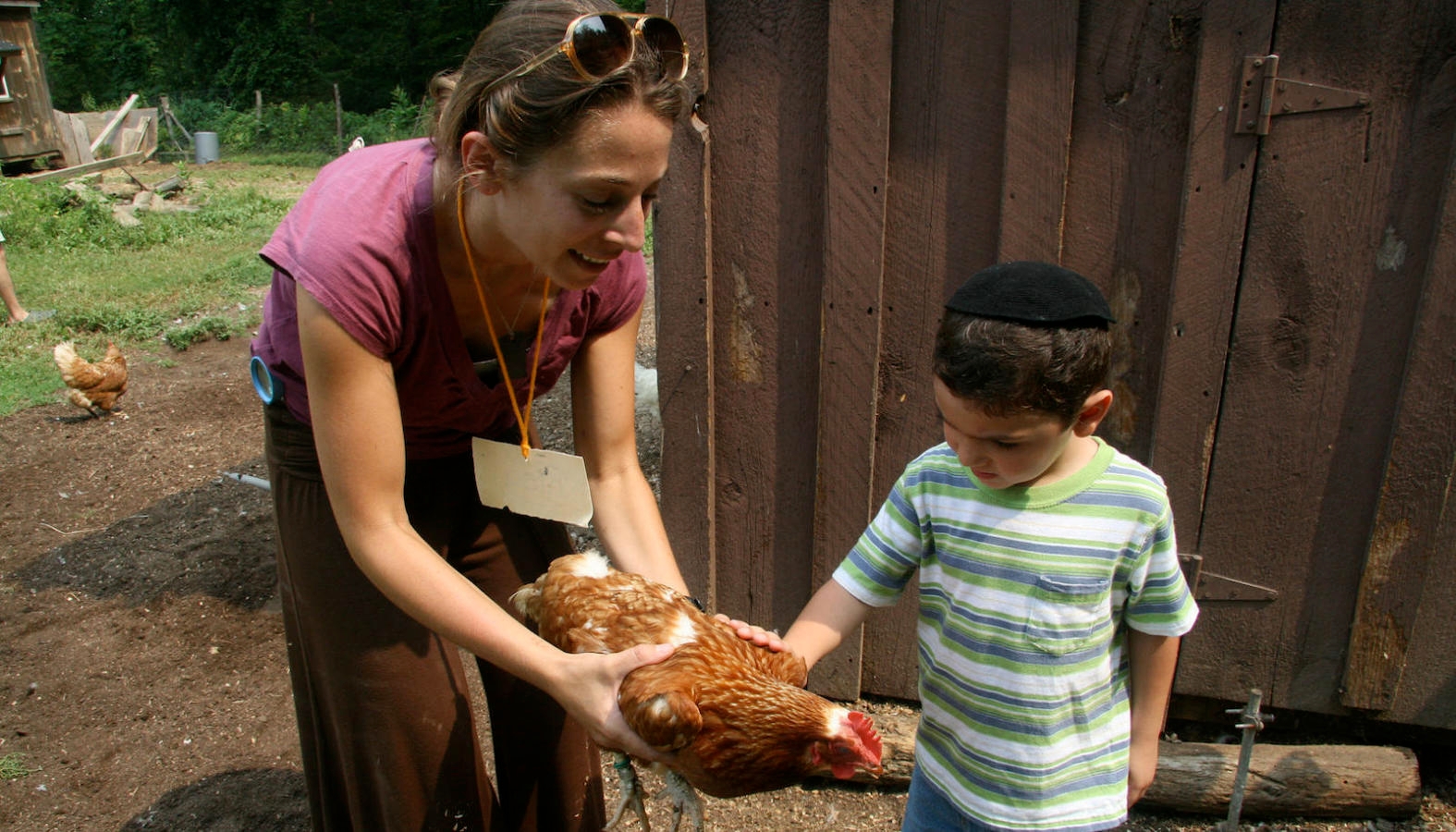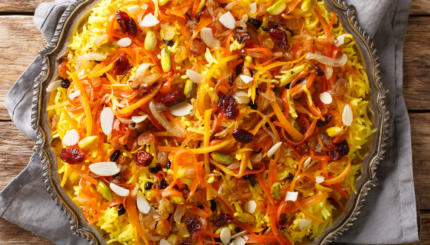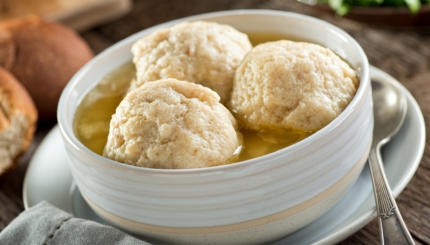Commentary on Parashat Shmini, Leviticus 9:1-11:47
In recent decades, Rabbi Zalman Schachter-Shalomi and others have advocated a broadening of the concept of kashrut to include restrictions on consumption based on ecological considerations. Here, one of the Jewish Renewal movement’s most articulate spokespersons argues the case for eco-kashrut in the form of a commentary to the portion Shmini (Leviticus 9:1-11:47).
It reads, to modern eyes, like a cookbook. The Torah portion of Shmini begins by telling us to bring beef, mutton, and pancakes to the sacred altar at the transcendent moment of its dedication. It ends by making sure that on any ordinary day we do not eat whales, hawks, camels, or shrimp. For even in our ordinary lives, some foods are sacred.
And between these two celebrations of the sacredness of food, we witness the deaths of those who brought “strange fire” to the Holy One.
How did biblical Jews get in touch with God? By eating and choosing what to eat. Not by murmuring prayer; when Hannah did that (I Samuel 1:13), the priest Eli though she was drunk.

Help us keep Jewish knowledge accessible to millions of people around the world.
Your donation to My Jewish Learning fuels endless journeys of Jewish discovery. With your help, My Jewish Learning can continue to provide nonstop opportunities for learning, connection and growth.
Why by eating? Because in the deepest origins of Jewish life, the most sacred relationship was the relationship with the earth. For shepherds, farmers, orchard-keepers, food was the nexus between adamah, the earth, and its closest relative, adam, the human. So ancient Jews got in touch with God by bringing food to the Temple. With our bodies we affirmed, “This food comes from a Unity of which we also are a part: from earth, rain, sun, seed, and our own work. It came from the Unity of Life; so we give back some of it to that great Unity.”
In our most mundane moments, we affirmed through the rules of kashrut that what and how we ate was holy. And in our wildest poetic fantasies of the history of humankind, we thought that what went wrong was somehow wrongly eating–a mistake that brought upon us an earth that would bring forth only thorns and thistles for us to eat, as we toiled with the sweat pouring down our noses.
When the moment came for us to turn history around, we learned to rest. We learned . Not from the thunderclap of Sinai, but from eating–from the manna–that sweet and flowing breast-milk of El Shaddai, the God of Breasts, All-Nourishing. From the manna, we learned that together with the earth, we rest. And rest was then extended from the seventh day to the seventh year, when the earth was entitled to rest and the human community that worked the earth was obligated to rest as well.
Today, most of us have shrugged away the bringing-near of sacred food, the sacred choice of foods we do not eat, the sacred pausing so that one-seventh of the time we do not grow our foods. We think that resting is a waste of time that could be used to make, invent, produce, do.
Indeed, in the last few hundred years, the human race has invented the most brilliant act of work in all of its history. We have affected the planet–its very biology and chemistry–in ways no species ever has before. And we have invented the Holocaust, the H-bomb, global warming. Strange fires, all of them. Fires through which a few people can now kill billions, a few corporations can now kill thousands of species.
What can we learn by renewing the ancient text? For shepherds and farmers, food was what they ate from the earth. For us, it is also coal, oil, electric power, paper, plastics, that we take from the earth. For shepherds and farmers, kashrut was the way of guiding their eating toward holiness. For us, eco-kashrut should do the same.
We should ask: Is it eco-kosher to eat vegetables and fruit that have been grown by drenching the soil with insecticides? Is it eco-kosher to drink Shabbat wine from non-biodegradable plastic cups? Is it eco-kosher to use 100 percent unrecycled office paper and newsprint in our homes, our synagogues, our community newspapers? Might it be eco-kosher to insist on 10 percent recycled paper this year, 30 percent in two years, and 80 percent in five years?
Is it eco-kosher to destroy great forests, to ignore insulating our homes, synagogues, and nursing homes, to become addicted to automobiles so that we drunkenly pour carbon dioxide into the atmosphere, there to accelerate the heating of our globe? Strange fire indeed!
We can light a blaze to consume the earth. Or we can make a holy altar of our lives, to light up the spark of God in every human and in every species.
This article is reprinted with the permission of the Jerusalem Report.



